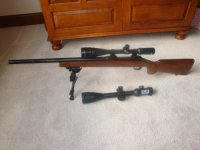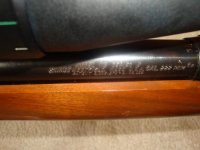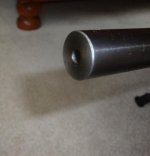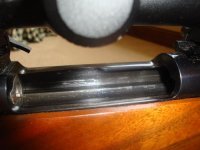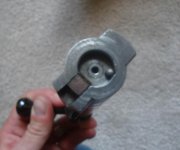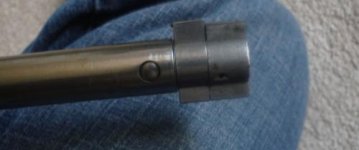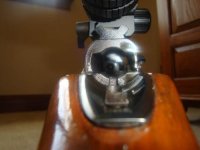112 j 222 savage
Jason, I'd be surprised if that rifle won't group in the same range as my sako & the rem's you mentioned.
That's a good rifle, if it's the one model I'm thinking of, heavy barrell & big heavy wood stock, & possibly sort of "peened" areas on pistol grip & forearm instead of actual checkering?
Sitting here, not being sure the care it's had since new, the first things to be sure of are a good crown, decent trigger, clean clean clean bore at least one time, being careful not to hurt the chamber end or crown with cleaning rod, assume you know about rod guides & how to clean a bore properly, lot of people don't, so you know it's not all fouled & full in the bore, then when you begin reloading, you can get a ton of great advice on this forum.
If you like, email me at
slong@hy-vee.com if you don't have a reloading guru to help you out.
Unless you have a bonafide expert to guide you, or someone you can trust, best advice is to take a ton of advice from a lot of people and go with what the most common threads are.
Don't implicitly take anyone's word that a certain load or technique will absolutely work for you & your rifle & load & be safe. All rifles are individuals and have inherent unique characteristics, likes & dislikes. Having said that, there are some basic things that MOST .222's are going to shoot middle-of-the-road well, and then you can fine-tune & adjust for your own particular success.
Stock screws / differing tensions can sometimes play a part in accuracy also, on factory guns. Most of the time can just snug them up without going real strong & be ok.
If you're not a little familiar with seating bullets to jam, it's best to seat them off the riflings a ways, until you get more used to things.
Seating at jam, into the riflings, it's easy to pull one back in action after chambering it, then the bullet sticks in the riflings & pulling the case back off the bullet dumps powder all over the action, & that's frustrating.
GOOD LUCK,
Steve


